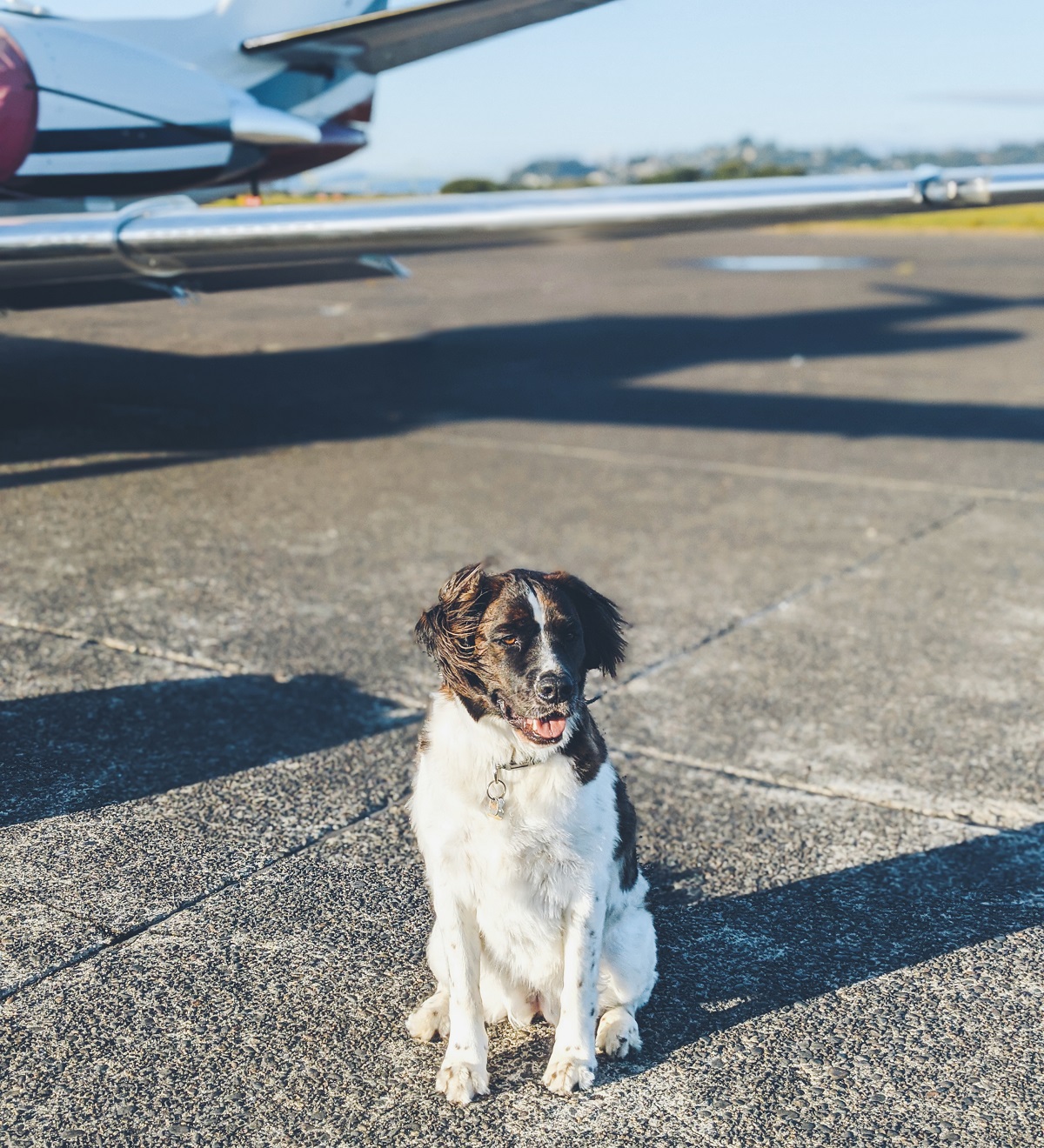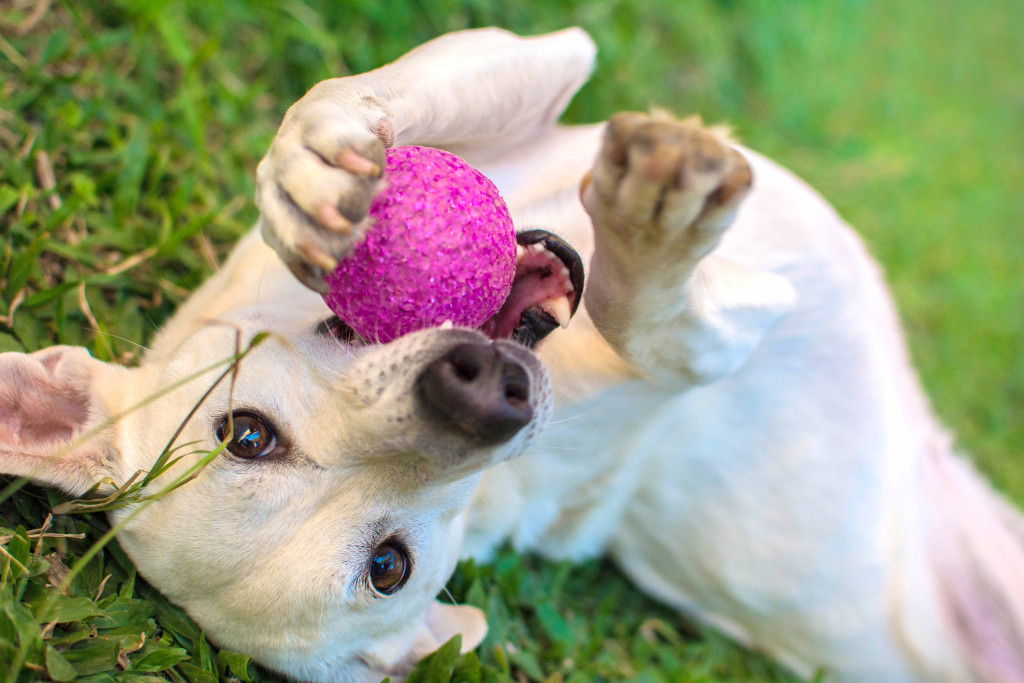Every year, tons of dogs are either put up for adoption, re-homed, or completely abandoned due to behavioral issues. This is a simple issue that can be corrected with a bit of training. Training a dog can be hard work, but getting a well-behaved dog out of it is definitely worth it. However, there are plenty of things that can go wrong during training that may result in teaching the dog anything but how to behave properly.
The best way to ensure that your dog gets the best education possible is to schedule private dog training sessions or enroll in group training classes. However, if you’re on a tight budget, it’s also very possible to do this alone. You just have to keep in mind what not to do when training a dog. This is a list of the most common training mistakes to avoid in order to prevent the worst from happening and get the most out of your sessions.
Inconsistency
Just like humans, dogs learn through identifying coherent patterns. If you’re inconsistent in your actions and your training schedule, it’ll be difficult for your dog to figure out exactly what you want them to learn. Be steadfast when it comes to what you want them to do and not to do, and avoid making allowances. If you live with other people, then you have to make sure they’re also on the same page as you when it comes to the dog’s training. If dogs aren’t allowed on the couch with you, they shouldn’t be allowed on the couch with anyone else either.
Ridiculous Expectations
Dogs aren’t all made from the same mold. You can’t expect one training method to work for every single dog out there. There are plenty of factors that influence a dog’s ability to pick up a certain behavior or learn a command, including age, temperament, and breed. It’s important to spend time with your dog first to be able to ascertain what their distinct character traits are, and then use these to inform your approach to their training.
Giving Too Many Treats
Treats are given as a way to positively reinforce a certain behavior in a dog. However, giving too many treats can actually counteract your training efforts. Over-praising will make the dog too dependent on anticipating the reward rather than finding satisfaction in performing the behavior itself. It’s good to reward your dog with treats every once in a while, but it’s also important to diversify your rewards with praise, toys, and play, as well.
Waiting Too Long To Train
While it’s certainly possible to teach an old dog new tricks, it’s much more difficult to correct improper behavior if you wait too long for it to develop. Rather than expecting your dog to unlearn their bad habits, you’ll have a much easier time getting commands and behavioral patterns to stick if you start training from the moment they arrive at your home. This applies to both older dogs and young puppies.
Repeating The Command Too Often
Almost all pet owners have made this mistake while training their dogs. If the dog doesn’t respond to a command, the automatic response is to repeat it again. However, this is incredibly confusing to your dog. Rather than hearing a simple “sit,” they instead hear something closer to “sit, sit, sit down, sit, sit.” The solution to this is to say it once in a firm, stable voice. If the dog doesn’t respond, wait a few seconds, then repeat the command in the exact same tone you first said it in. You can also physically guide the dog to show them what you expect to happen when you say the command.
Not Proofing Commands

Proofing means making sure that your dog knows how to perform a certain action in different settings and locations. If you train your dog in the same place every day, they tend to associate that action with that place. As soon as your dog learns how to do the command, you’ll need to take them to different places and expose them to different stimuli in order to proof the command and get them used to performing the command in different environments.
Being Impatient
Avoid training your dog when you’re not in a good mood. When you’re cranky, you’re more prone to snapping at your dog and punishing them for not getting a command right on their first attempt. Dogs can sense tension, and they may associate your stress and discomfort with their training, which will make them less inclined to train again the next time. Choose the right time to train, preferably when you’re in a better mood, and you can think clearly. If you’re having a bad day, it’s better to enjoy some leisure time with your dog anyway.
Dog training can be challenging, especially if you’ve never done it before. But going in with the right attitude and knowing what not to do will help you get the most out of your training sessions with your dog. In the end, your patience and dedication will be generously rewarded.

